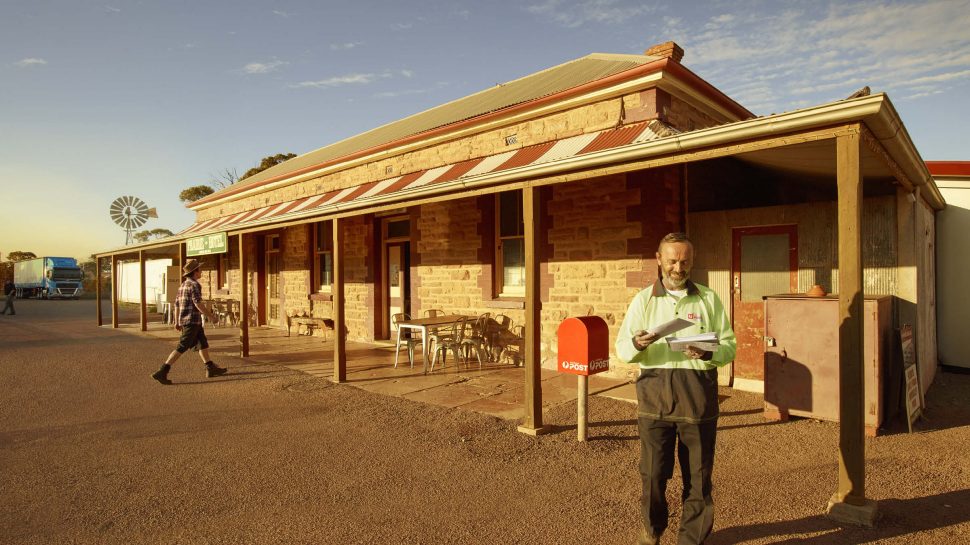
A local presence
A local presence
Our presence in remote regions is especially important for improving social inclusion for many of those at risk of being left behind. After the doctor and the police, Australia Post is the most trusted service provider in regional communities.4
That means we can help meet the needs of some of the country’s most vulnerable citizens where they are – comfortably, on their terms.







